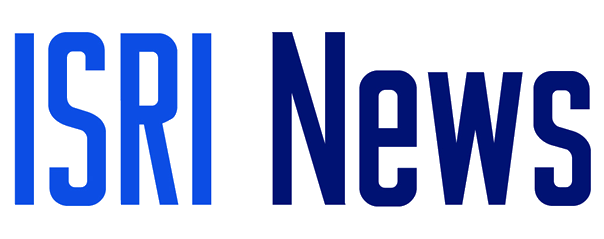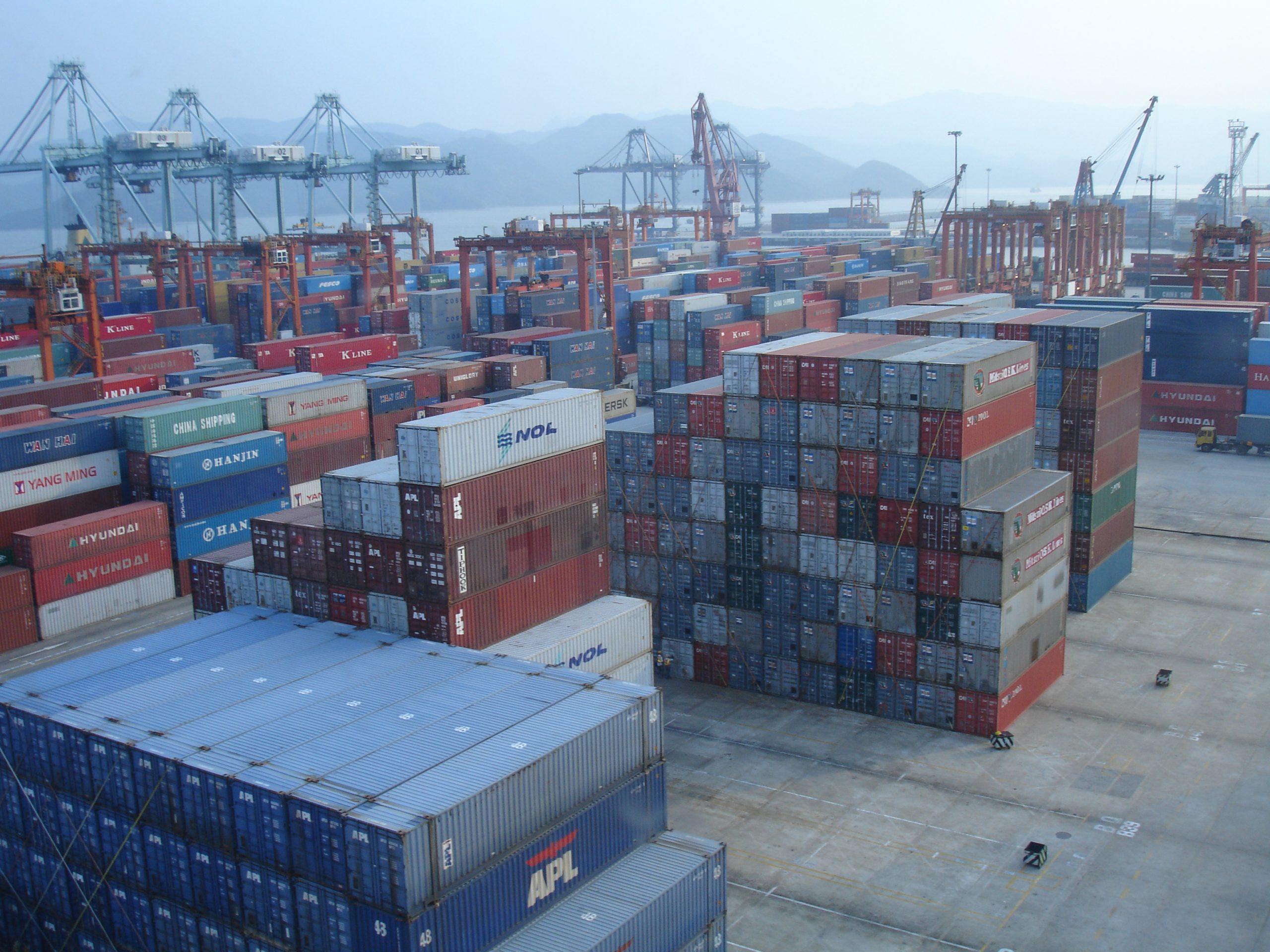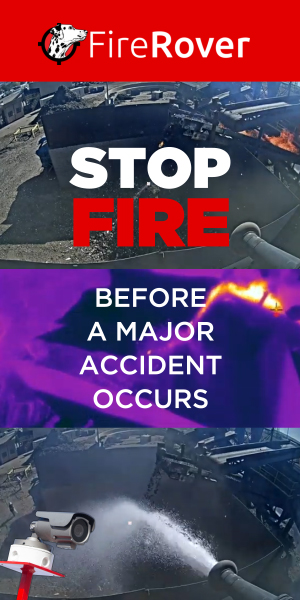On Jan. 1, 2021, the Basel Convention treaty entered new policy territory as it began explicitly regulating the international trade of nonhazardous scrap plastics. The BC-14/12 decision, which was adopted at the Conference of the Parties to the Basel Convention in May 2019 and will amend several of the Convention’s annexes, has significant implications for recyclers—even those who don’t trade in plastics.
Scrap News spoke with Adina Renee Adler, ISRI’s vice president of advocacy, about complications surrounding the decision and how the new policy move is likely to affect the broader recycling industry.
What plastics are included as hazardous under the new Basel annexes? What types of products fall into that category?
Anything that has a hazardous constituent listed in Annex I to the extent they exhibit a hazardous characteristic listed in Annex III must be controlled—no matter what it is. Plastics were not always explicitly listed; now they will be explicitly listed in Annex VIII. We’re talking about flammable and infectious material, like plastic syringes, as well as legacy chemicals, like PCBs. Clinical waste is a great example—the plastic transfusion pouches you receive when you’re in a hospital and you get fluids or medicine or blood. That’s the easy one—anything that is literally hazardous will be controlled—and ISRI agreed with that move.

ISRI will continue build on these achievements in 2021. Members and other industry stakeholders can look forward to the trade association’s advocacy agenda to be release at the end of January 2021.
Then you have Annex II, which is the category of waste requiring special consideration. Up until December 31, there are only two listings: municipal solid waste and the residues from burning municipal solid waste. And now they’re adding plastics, and this is nonhazardous plastics that are highly mixed and highly contaminated. This was what took a sleepy, backwater treaty, and just made it globally significant. It expanded the scope of the convention to put controls on something that is commonly out there, but not hazardous by the definition of the content of the convention, which means it also opened up the opportunity for other things to be moved into this annex.
Based on the language, it looks like Basel is excluding some of the most commonly recycled plastics in the new regulations: PET, polypropylene, and polyethylene. Is that the case?
It depends—and this is part of the limbo that we’re in. What will be controlled is anything that is not mostly of one resin and not almost exclusively free from contamination. But we don’t have those phrases defined. If you’re an entity that’s preparing plastics for export to another country, if it’s just one type of resin and so spotlessly clean that you could eat your lunch off of it, there shouldn’t be an issue. But it’s still going to be in the eye of the beholder. If you have a bale of only Nestle Waters PET bottles with no labels and no dirt, you’re not going to have an issue. But let’s say you have a bale of Nestle and Aquafina and all of these other brands—all these PET bottles that come in different shapes and sizes and sometimes colors—if a customs agent thinks he’s looking at a mixture of different things, he might reject the bail. So that’s why we need to make sure that we fully understand what the terms (“almost exclusively of” one resin and “almost free from contamination”) mean and how you can test it, so governments can properly train a customs agent to know what he’s looking for. That way anything that meets the criteria of not being controlled can enter and exit freely.
It sounds like some of the issue comes down to the subjectivity of the person who is judging a bale, which also reflects a lot of the issues that are now happening with things getting rejected in Indonesia and some other countries. Is it difficult to give that person the information that they need? How do you correct that situation?
It’s a challenge. It needs to start with just having these terms well defined. Even though the terms are under negotiation, it’s within a setting that is not going to create a legally binding document. So you’re still going to be dealing with the eye of the beholder. We’re seeing in Southeast Asia, just to give you an example, a strong sensitivity to plastics. We’re seeing containers of paper being rejected because [customs agents] find one piece of plastic in there. We’re seeing containers of plastics being rejected because the agent doesn’t exactly know what he’s looking for. You can have a lot of HDPE, which is the best recycled [plastic] and has the biggest market. But all these plastic containers look different. There is some other work at the Basel Convention to try to provide some technical assistance to these governments for the implementation, but it still starts with how to interpret what’s in the amendments. And without those terms defined, how do you train on interpretation?
When you talk about it being under negotiation, what are you referring to?
The interpretations being negotiated are referred to as the technical guidelines. The language of the annexes themselves is done. The guideline document is much longer. It’s not just about implementing the amendments—it’s about the whole universe of issues when it comes to the effective end-of-life management of plastics. It covers all the different types of resins, in terms of their characteristics and understanding what they are. It can be a basis for a training document for customs agents to know what they’re looking at. At the same time, it becomes a document for governments to understand how to interpret the amendment. And when it comes to contamination, it’s not just about what “almost free from contamination” means, it’s also about what “contamination” means. So ISRI has put forward its specifications. Other groups have also put some information forward, but I am seeing the ISRI specs taking some precedence, which is a good thing.
So ISRI is able to be part of this conversation, even though the U.S. is not party to Basel.
Right. On the annexes themselves, the U.S. did not have a voice or a vote. But the U.S. is an observer and ISRI is an observer. ISRI in particular provides technical guidance in an observer status. We’re the companies that are going to actually have to follow these rules. So, we’d like to help governments understand the practical effect of how these things are written now and we can give them a technical understanding of what it means and what’s within the realm of possibility. Even though the final document will be voted on by parties, the parties are governments. They have to rely on outside groups like industry to provide some of that technical expertise.
Check back in Jan. 5 for the second half of the conversation.
This conversation has been edited and reorganized for clarity
ISRI will continue build on these achievements in 2021. Members and other industry stakeholders can look forward to the trade association’s advocacy agenda to be release at the end of January 2021.












